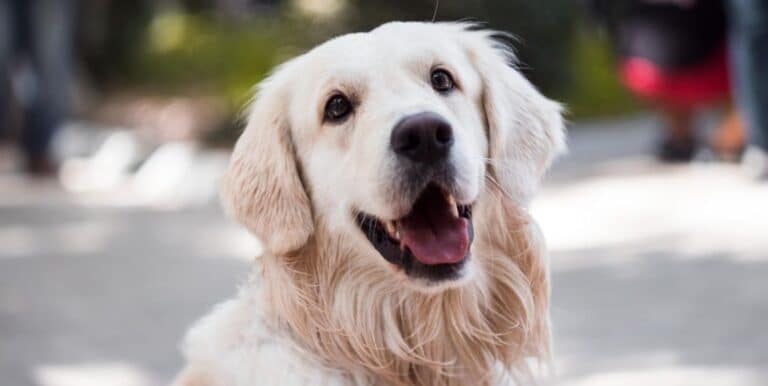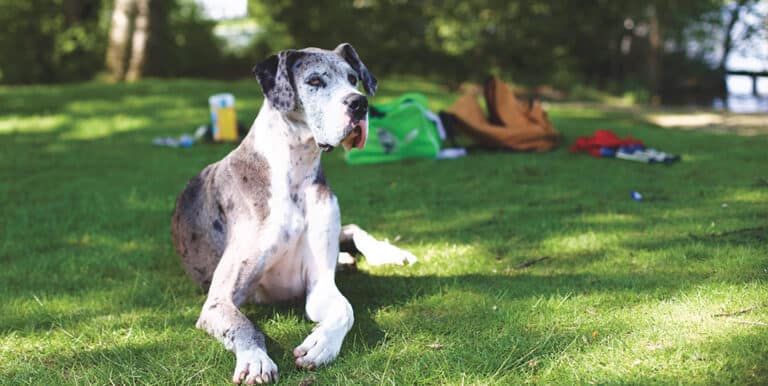Why do Dogs Howl?

Dogs howl for a number of reasons, ranging from biological behavior to medical conditions. Howling isn’t a common form of communication among domestic dogs, but it is used regularly by wild canid species such as wolves. When dogs do howl, common reasons for it include seeking attention, responding to high pitch noises such as sirens and making their presence known. Owners with dogs who normally don’t howl should watch for signs of illness or injury, since sudden howling can indicate pain. Other problems associated with howling include separation anxiety, which can be treated through proper training.
Although why dogs howl isn’t fully understood, researchers believe that it is connected to the common ancestry between wolves and dogs. Wolves howl to communicate with the rest of their pack over long distances and to announce their presence to other packs. They are able to distinguish between howls associated with individual members of their pack and those belonging to outsiders.

Some domestic dog breeds, such as beagles and basset hounds, use howling much like their wolf relatives. Although they don’t live in packs, these dogs howl to make strangers aware of them and their territory. Other dogs use howling to get attention from their owners or when they hear certain sounds such as high pitched music or fire trucks. If howling becomes excessive in these cases, owners can train their dogs to use a different behavior when seeking attention, or desensitize them to the noises that trigger howling.
Unusual howling can mean that a dog needs medical attention, since some dogs howl when they’re in pain from an injury or sickness. Owners should first check for wounds or other signs of illness, such as changes in stool or urine, appetite changes and loss of energy. Dogs should be taken to the vet for further examination if injuries are severe or if the dog is sick.
Dogs who howl when their owners are gone are often displaying signs of separation anxiety. Although it’s hard to know for certain since this behavior occurs when no one is home, owners should look for other signs of this condition when they walk in the door. These include chewed up doors or window sills and urine or stool inside the home. Signs that are harder to observe include pacing, anxiety and depression. Separation anxiety can be treated by helping the dog associate the owner leaving with something positive, such as being given a favorite treat or toy.






